Transfer Story: Cuture as a regeneration key from Lodz (Poland) to Bologna (Italy)
Edited on
22 March 2021"For me the cultural man is the one who knows where to go to look for information in the one-time part of his life where he needs it." said Umberto Eco. But around him, we add, there must be tools and ways to reach culture. In particular where culture is struggling to take root. So, culture can be a powerful activator of city communities and therefore of social regeneration for urban areas. Culture can be an exceptional lever for economic development of a territory also from a sustainability point of view. It’s important to explore and discover the effectiveness of this lever. Culture is the protagonist of this story of knowledge transfer between two European cities rich in history and traditions: Lodz in Poland and Bologna in Italy.
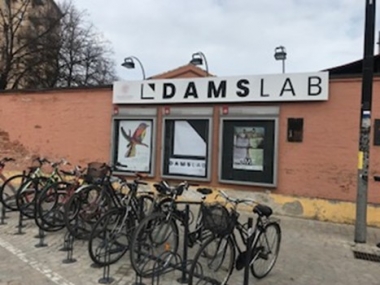
The starting point
Metropolitan City of Bologna strongly believes in culture as a fundamental lever for urban regeneration and thanks to the Urban Regeneration Mix (REMIX) project it has used culture for the regeneration of the DAMSLab area (DAMSLab is an urban cultural enhancement laboratory, activated and managed by the Arts Department of the University of Bologna) in the district of the Manufacture of the Arts. This is an area already structurally redeveloped but particularly fragile from a social point of view.
DAMSLab is a physical space based in Pasolini square, an area of about 100 thousand square meters in the hearth of the historic center of Bologna. The district originally hosted the port area of the city, from the Renaissance until the nineteenth century; together with its proto-industrial hinterland (Canale di Reno, Navile, Moline, Aposa), it was the mercantile and manufacturing epicenter of the Bolognese economy at least up to the whole 17th century. The current area was designed for the first time in 1883 by the architects Priori and Buriani, and after the demolitions of the town plans of 1889 and 1937 and the bombings of the Second World War, it was renovated from 1996 to 2003 with joint commitment between the Municipality and the University of Bologna, designed by architect Aldo Rossi.
Among other receptive places, the area features many key-role sites of interest for the community, such as the home of the Film Library of Bologna (inside Manifattura Tabacchi, the original Tobacco Factory), the University’s Department of Philosophy and Communications (located in the old paper mill Mulino Tamburi), the Modern Art Gallery Mambo in the former City Bread Oven, the exhibition structure of Salara, the ramparts of Porta Lame, the Music and Performance Laboratories of the University, the Cavaticcio Park and the DAMSLab (located in the former Slaughterhouse).
The key of transfer
In Lodz (Poland) there is a bigger but similar regenerated area. The regeneration of the Priest’s Mill area has consisted in a comprehensive renewal of a historic area of 6.5 hectares. There are 25 multi-dwelling buildings in the area, all built in the 1870s and ‘80s by the industrialist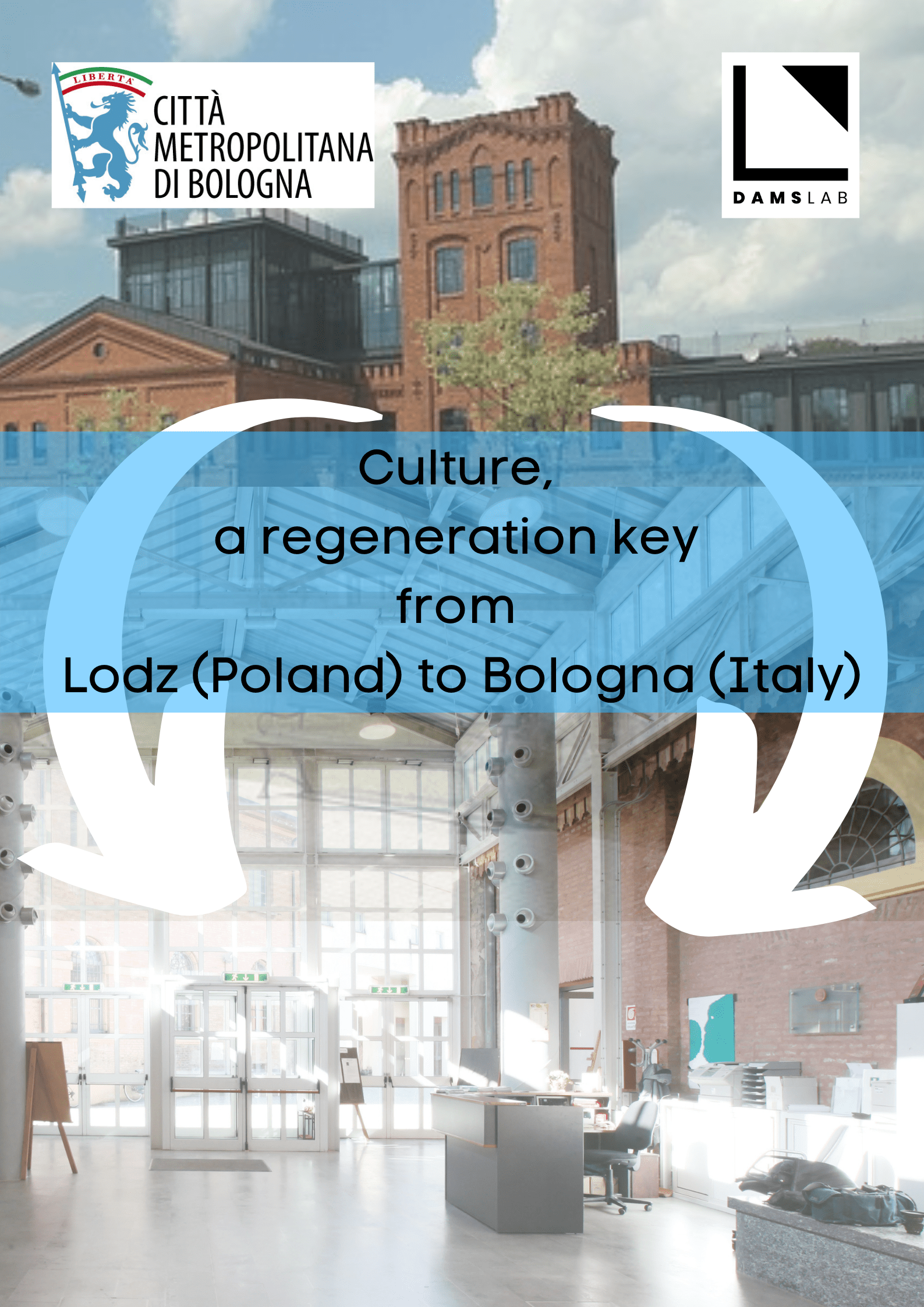 Karol Scheibler for factory workers and their families. A textile factory was in the close vicinity, where the inhabitants worked. Within the housing estate a factory store and a school for the workers and their children were built. Until the end of 1940s over 2,000 people lived at Priest’s Mill (Księży Młyn). In the 1990’s the factory went bankrupt. The regeneration project exemplifies the way in which the potential of a community and the "culture of life" can influence the behaviour patterns of people and families with social problems. Among the main aims of the project was developing culture and creative capital that contributes to the Lodz’s attractiveness. The key elements for success was to concentrate on introducing a new mindset and the capacity to change. The keywords to do that were mediation, integration and the idea of working on a clear and shared identity.
Karol Scheibler for factory workers and their families. A textile factory was in the close vicinity, where the inhabitants worked. Within the housing estate a factory store and a school for the workers and their children were built. Until the end of 1940s over 2,000 people lived at Priest’s Mill (Księży Młyn). In the 1990’s the factory went bankrupt. The regeneration project exemplifies the way in which the potential of a community and the "culture of life" can influence the behaviour patterns of people and families with social problems. Among the main aims of the project was developing culture and creative capital that contributes to the Lodz’s attractiveness. The key elements for success was to concentrate on introducing a new mindset and the capacity to change. The keywords to do that were mediation, integration and the idea of working on a clear and shared identity.
We were inspired also from the work of mediators in the revitalization process. We took advantage of mediators’ presence in Lodz TNM. For example, stakeholders had the opportunity to meet the whole team of Lighthouse Keepers and Area Hosts working with residents of Lodz, but also learned what competences and skills are necessary to work as a mediator as open-mindedness and empathy and what are their responsibilities on the job. Another skill is motivation for such a face-to-face work with residents from different social backgrounds and reflections from applying for these positions.
In Bologna, the Manufacture of Art area is inside an area of around 70.000 residents, where the pressure of the housing market is strong: on one hand, the elderly is finding it more difficult to make ends meet; on the other hand, the rent is too expensive for young people, which is a target that the City wants to engage on a long-term perspective. There is clearly a need to integrate more these groups, in order to maintain the city centre atmosphere and equilibrium, preserving it from the growth of tourist industry, which the City is also stimulating.
DAMSLab’s goal is to enhance projects and foster synergies that find in cultural and artistic production and participation the key factor for territorial growth, and a focal point for contemporary and future citizenship. It is open to the territory and brings different areas of knowledge into dialogue. DAMSLab activates and facilitates synergies and collaborations with other Departments and with the city, its cultural institutions, foundations, businesses, museums and associations, favouring social outcomes in terms of awareness-raising, participation and cultural mobilization of the urban fabric.
Bologna has learned from what has been done in Lodz and transferred as much as possible by applying it to its reality.
The challenge
DAMSLab has adopted a collaborative and participatory method, based on networking and co-planning in order to develop original ideas and projects that enhance the whole variety of languages and cultural and artistic forms of production. The challenge is to boost the dialogue with the city, public institutions, other actors in the district of the Manifattura delle Arti, cultural and creative industries and associations of civil society. The proposed activities and events aim to facilitate the circulation of cultural and social capital and the development of an idea of citizenship which is active, creative, reflective and cultural, based on discussion and a shared sense of belonging to a culturally dynamic, open and cohesive community.
This constant dialogue is ensured by “Porto Culture”, an operational network between DAMSLab and other stakeholders. This operational network work through periodical meetings thanks to REMIX project. Before the project the stakeholders did not speak to each other and remained closed in their daily activities without opening up and confronting others to offer a better service to the city community. Before the project the DAMSLab was a university institution closed to citizens and closed to every kind of collaboration. The culture was all “inside the walls” and wasn’t spread and communicated to people outside. The key moments of these changes were the open discussion between the various stakeholders who in some cases hardly knew each other even though they worked in the same area. The Metropolitan City of Bologna has helped this process of mutual knowledge and mutual collaboration between stakeholders in the hope that this seed will also sprout in the future for an ever closer and continuous collaboration and openness also to other local institutions. From Lodz mainly received mediation tools and attention to all the components of the society whose territory is structured for more responsible and shared decisions.
Porto Culture network is composed by:
Cassero LGBTI Center, one of the most important institutions for the Italian LGBT movement and history. Founded in 1982, it works to improve the quality of life of the LGBTIQ community: raising awareness on the need of social and political rights and tackling discrimination on national and international level.
Mercato Ritrovato, a farmer’s market which takes place every Saturday morning from 9am to 2pm (every Monday evening from 5.30pm to 9.30pm during the summer season). At Mercato Ritrovato you can buy farmers' products, taste their street food and take part in cooking classes, live concerts and many other initiatives. Kids’ playground is also set up.
Cantieri Meticci, a collective of artists from over twenty countries around the world. For years, it has been running workshops that mix very different arts and people.
BAM! Cultural Strategies works in Italy and in Europe together with museums, festivals, theatres, cultural districts, local authorities, universities, foundations, associations and private social realities on issues of cultural management and management.
Porto15, the first entirely public cohousing initiative in Italy; it consists in the recovery of 18 accommodations inside a building close the Manifattura delle Arti district.
DAS is the artistic production space in via del Porto 11/2 in Bologna; it was designed and structured to collect heterogeneity of the contemporary art scene and breaking down the boundaries between disciplines.
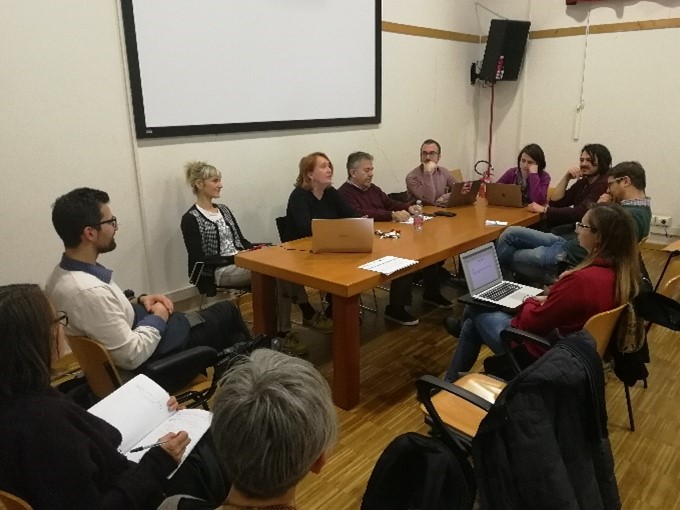
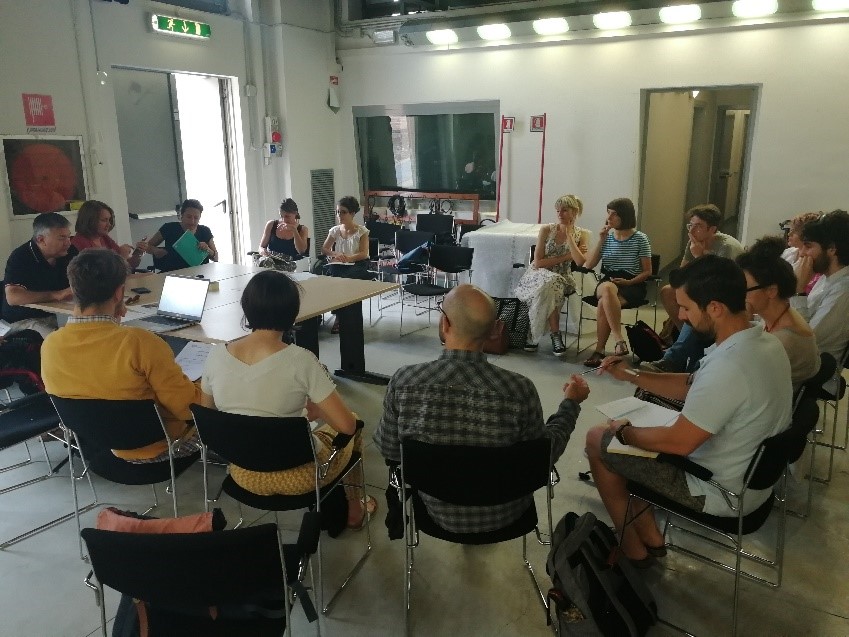
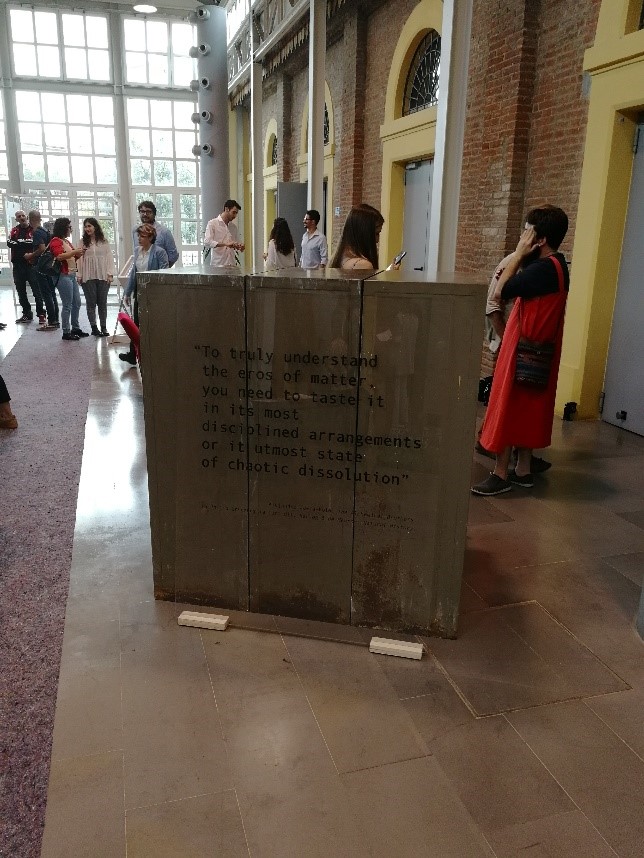
URBACT support
Thanks to the REMIX project and the URBACT method based on periodic meetings (URBACT Local Group), the DAMSLab has managed to involve several operators in the area to create the operational network “Porto Culture”. Some representatives of these operators also actively participated in international meetings, being able to acquire useful information for their daily work. Before the REMIX project, the DAMSLab area was closed to relations with the outside world and represented a simple laboratory framework of the University of Bologna. The real future challenge is to maintain the relationships created during the work of the REMIX project to continue to co-organize and co-manage activities and events with a common identity and recognized externally by citizens and institutions. The URBACT network can be useful for keeping collaborations active, especially with foreign partners and with other active similar URBACT projects in Italy.
In the future the experience of the project will remain in the daily operations of the stakeholders who will meet periodically to decide together and in a shared way the cultural activities of the area. This method of meeting periodically will strengthen the interrelationships between the various stakeholders to better organize new and engaging cultural projects for the area but which can also serve as an example for the whole city of Bologna in terms of collaboration and involvement of citizens.
Conclusion
 Today, and even more in the future, the activities of DAMSLab aim to facilitate the circulation of cultural and social capital and the development of an idea of active, creative, reflective cultural citizenship, based on discussion and on the construction of a shared sense of belonging to a culturally dynamic, open and cohesive community.
Today, and even more in the future, the activities of DAMSLab aim to facilitate the circulation of cultural and social capital and the development of an idea of active, creative, reflective cultural citizenship, based on discussion and on the construction of a shared sense of belonging to a culturally dynamic, open and cohesive community.
What has been learned from the REMIX project will be even more useful in light of the economic and social crisis that will inevitably insist on Italian and European territory after coronavirus pandemic. Difficult to predict the future but culture must and will be the beacon that illuminates the recovery path, the rebirth of our territories. Only with a sense of community, of mutual help, of co-decisions and co-organization learned during the work of the REMIX project will our local communities be able to start marching towards a more cohesive, sustainable and full of opportunity society for all its citizens.
Submitted by n.rydlewska on

